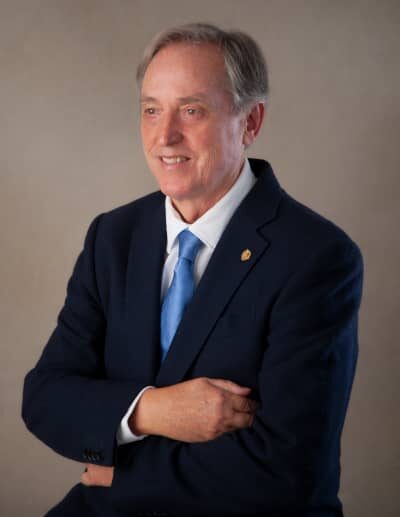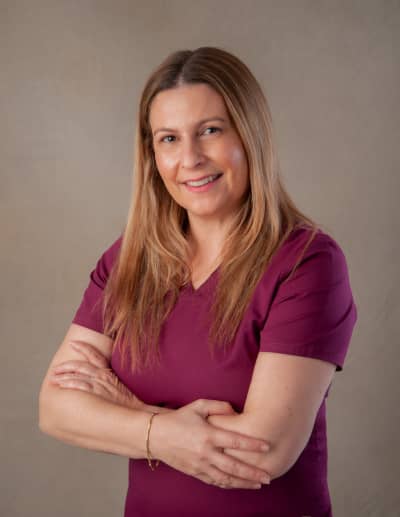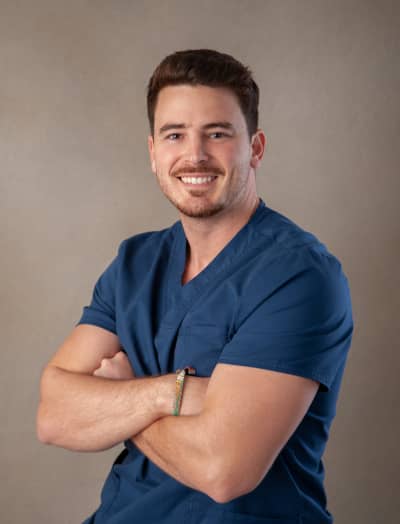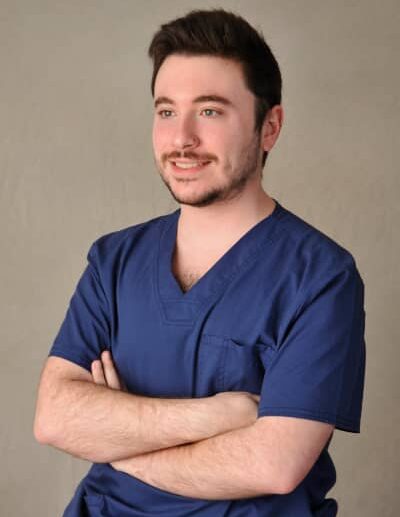Conscious sedation to care for little ones
Sedation treatment for children with dental anxiety or phobia.
Do you want to know more about conscious sedation?
Ask us for an appointment with free examination and diagnosis
Whether you want to start treatment or request information, you are in the right place. Leave us your details and we will contact you within three hours.
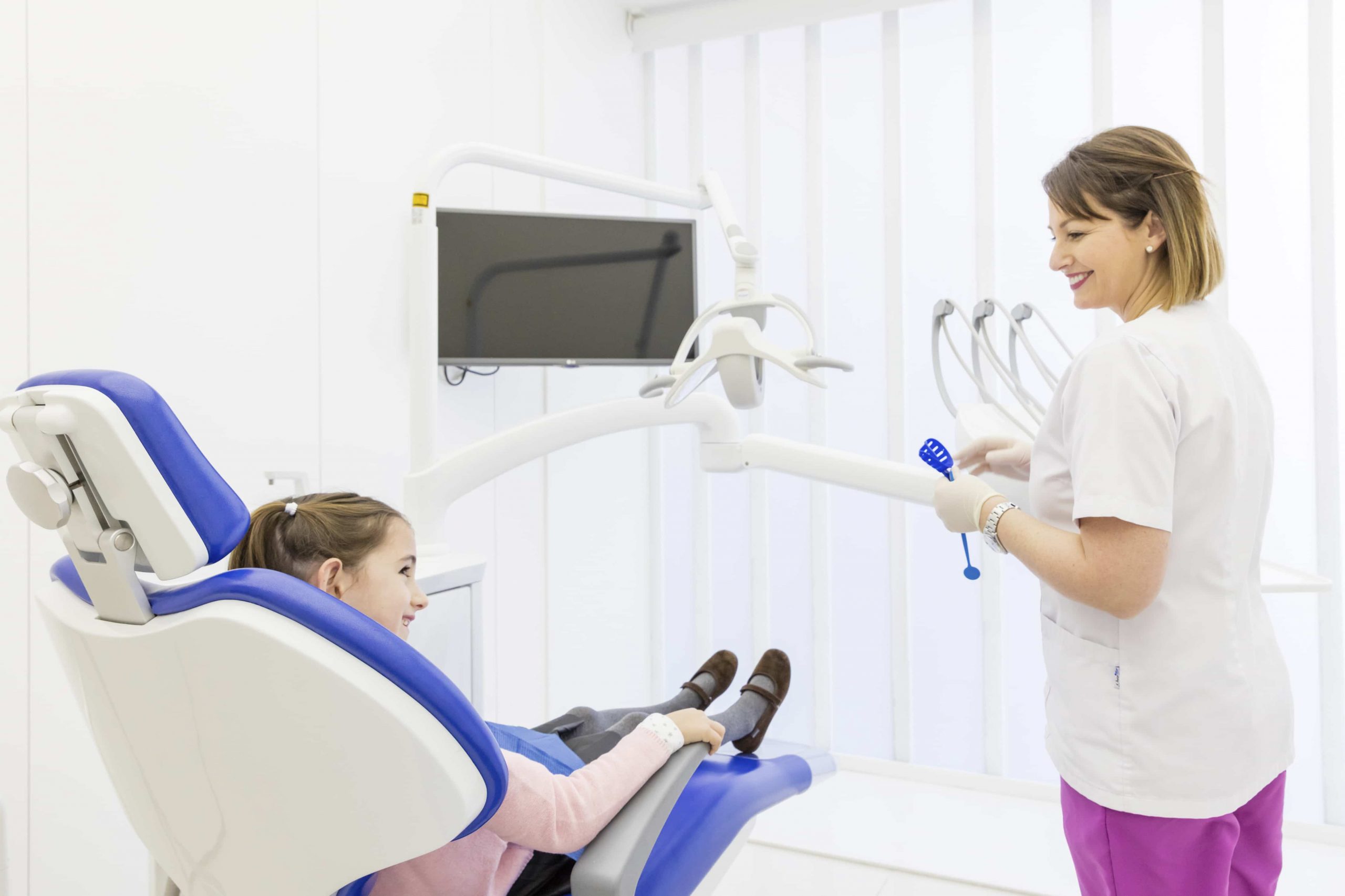
What is conscious sedation for children?
Whether out of fear or mistrust, children are not always able to be patient and cooperative during dental treatment. Conscious sedation – an anaesthetic and totally safe treatment – is the best option for a successful experience at the dentist.
This technique involves the inhalation of nitrous oxide in combination with oxygen and is administered to the patient via a nasal mask. This anaesthesia produces a calming and relaxing effect but at the same time keeps the child awake and able to communicate with us.
At the end of the dental treatment, the patient remains breathing pure oxygen for 5 minutes for the effect to wear off completely.
What is nitrous oxide?
Nitrous oxide, better known as laughing gas, is a fast-acting inhaled sedative used to reduce nervousness and anxiety.
The treatment is administered to the child through a mask, breathing normally through the mouth and nose. For ease of administration, the child is given the option of choosing a scent from a wide range, e.g. strawberry, peppermint, vanilla or bubble gum. If the child is reluctant to wear the mask – as may be the case with younger children – a low dose of syrup can be administered to reassure them.
Unlike general anaesthesia, nitrous oxide does not put the child into a deep sleep but leaves them in a more relaxed, drowsy and also more cooperative state, so that the dentist can carry out their work.
Is conscious sedation a safe treatment for children?
Conscious sedation is a completely safe technique, even for pregnant women. The child is conscious at all times, but is in a relaxed and tension-free state.
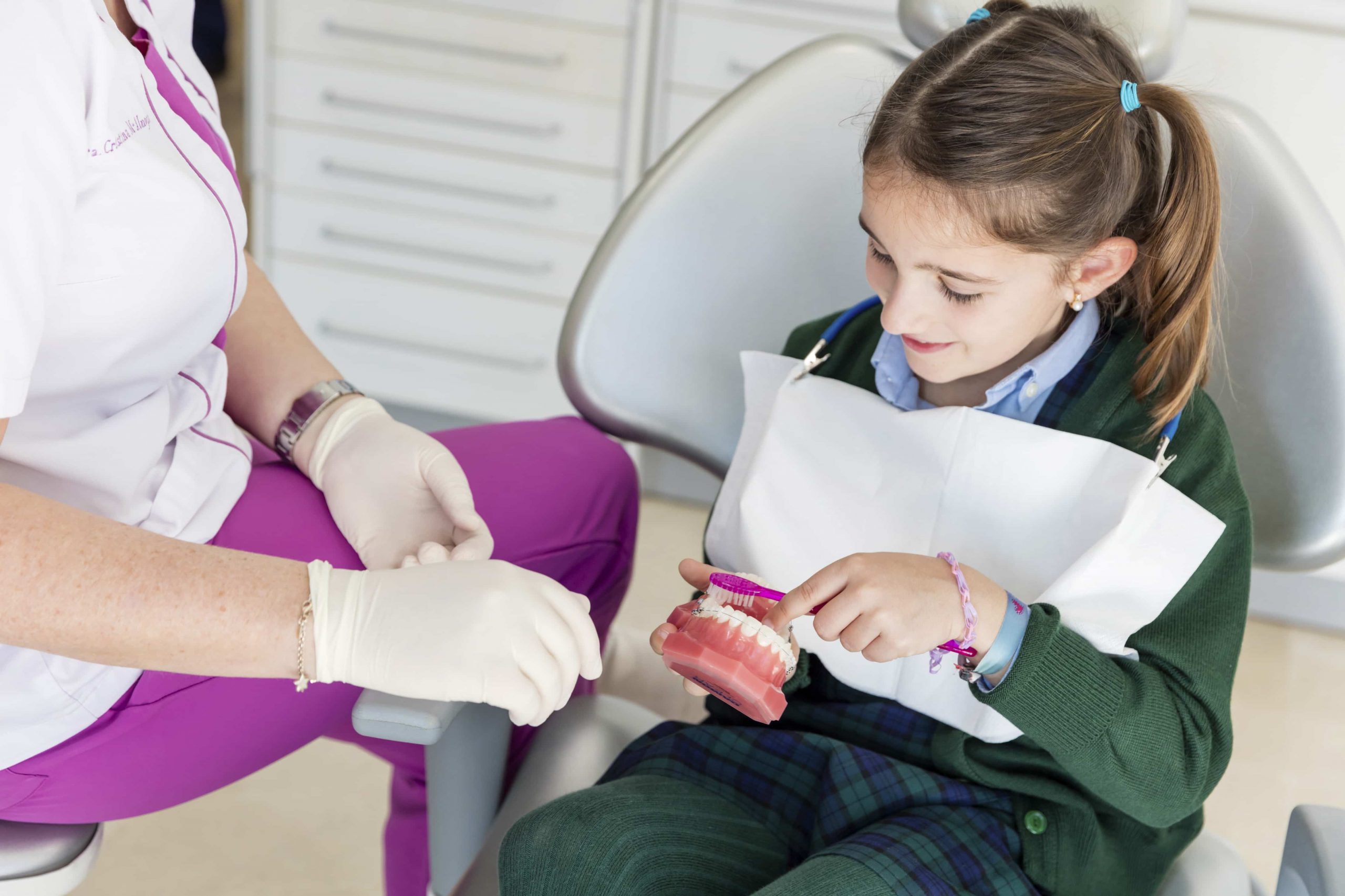
Conscious anaesthesia for children with phobia or panic.
Another option we offer is conscious anaesthesia. This treatment is indicated for those children with phobias, who do not wish to feel any discomfort or who do not wish to be awake at the time of dental treatment.
With this type of anaesthesia, the patient responds to stimuli and allows the paediatric dentist to carry out dental treatment quickly and efficiently, without pain or discomfort.




